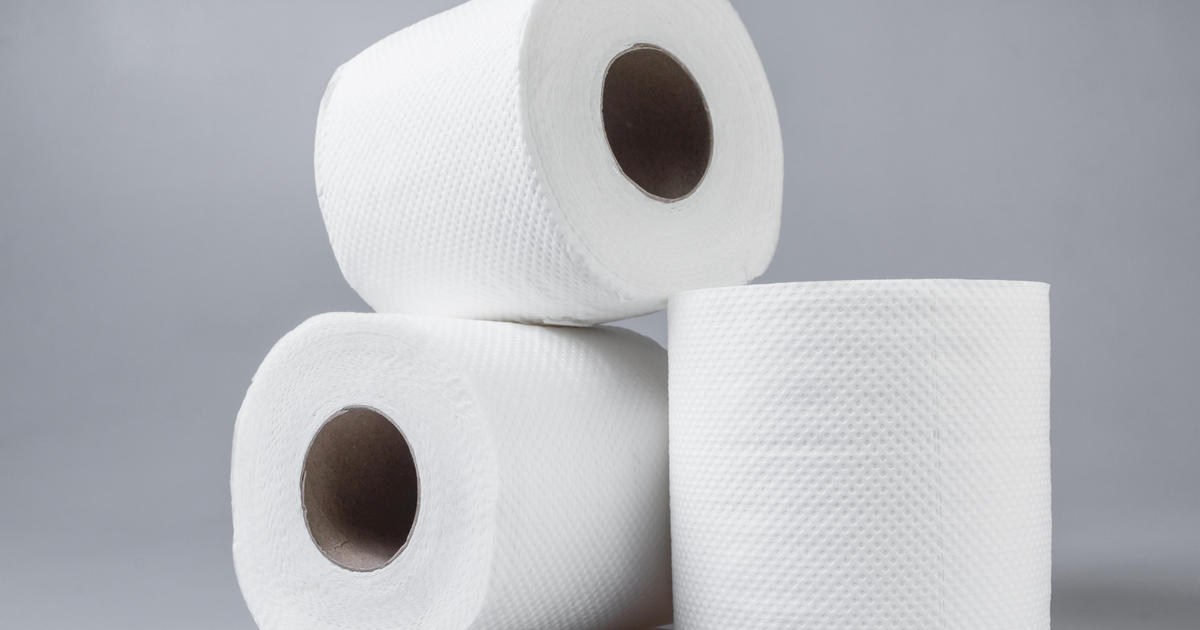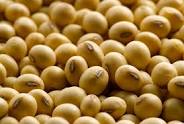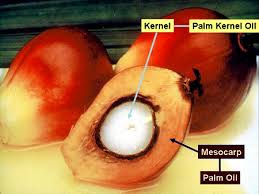Toilet Roll Production In Nigeria, The Feasibility Report.

Toilet paper, sometimes called toilet tissue in Britain, is a tissue paper product primarily used to clean the anus and surrounding area of fecal material after defecation and to clean the perineal area of urine after urination or other bodily fluid releases. It also acts as a layer of protection for the hands during these processes.
It is usually supplied as a long strip of perforated paper wrapped around a paperboard core for storage in a dispenser near a toilet. Most modern toilet paper in the developed world is designed to decompose in septic tanks, whereas some other bathroom and facial tissues are not. Toilet paper comes in various numbers of plies (layers of thickness), from one- to six-ply, with more back-to-back plies providing greater strength and absorbency.
The use of paper for hygiene has been recorded in China in the 6th century AD, with specifically manufactured toilet paper being mass-produced in the 14th century. Modern commercial toilet paper originated in the 19th century, with a patent for roll-based dispensers being made in 1883.
Toilet paper is available in several types of paper, a variety of patterns, decorations, and textures, and it may be moistened or perfumed, although fragrances sometimes cause problems for users who are allergic to perfumes.
Despite the economic recession in Nigeria in 2016 and slow recovery in 2017, retail tissue sales maintained their upward trajectory, recording an increase in volume of one percent (1%) in 2016. Sales are expected to see healthy growth over the next five years, at a five percent (5%) compound annual growth rate (CAGR) through 2021, to add fourteen thousand (14,000) tonnes in incremental sales.
Nigerian tissue consumption still falls significantly behind developed markets. Per capita usage in Nigeria stands at only zero point three (0.3) kilogrammes per year, compared to thirteen point five (13.5) kilogrammes in North America, eight point seven (8.7) kilogrammes in Western Europe and three point nine (3.9) kilogrammes in South Africa in 2016.
At the same time, Nigeria’s unmet potential for retail tissue alone (excluding AfH sales) is estimated to be well over six hundred thousand (600,000) tonnes.
Growth in incomes, population growth and habit formation have been the main drivers of demand over the past few years.
While economic slowdown affected the demand to some degree, positive population trends and habit formation will carry the momentum forward, further supported by focus on more affordable products to meet the demand of the vast low-income consumer base. The biggest seller in retail tissue is toilet paper, accounting for ninety-five percent (95%) of retail volume sales.
In Nigeria, it is used for a wide variety of tasks including as a substitute for facial tissue and wipes.
In 2016, retail sales of toilet paper in the country grew one percent (1%) in volume, with a further projected compound annual growth rate (CAGR) of four percent (4%) through 2021.
The market for toilet roll is national .With a population of over two hundred million (200,000,000) people and an estimated national population growth rate of fiven point seven percent (5.7%) per annum, Nigeria is a large, expanding and sustainable market for toilet rolls.
This report examines the financial viability of eastblishing a toilet roll production plant in Nigeria. The investor would source for white jumbo rolls along with other raw materials and process same into toilet rolls.
The production capacity of the proposed plant is one and half (1.5) tons per day that the plant would operate at eighty percent (80%) of the installed capacity working double shift of sixteen (16) hours per day for three hundred (300) days per annum.
Table of Contents
EXECUTIVE SUMMARY 1.0 Business Overview 1.1 Description of the Business 1.2 Vision and Mission Statement 1.3 Value Proposition 1.4 Critical Success Factor of the Business 1.5 Current Status of Business 1.6 Description of the Business Industry 1.7 Contribution to Local and National Economy 2. Marketing Plan 2.1 Description of product 2.2 Product Packaging and delivery 2.3 The Opportunity 2.4 Pricing Strategy 2.5 Target Market 2.6 Distribution and Delivery Strategy 2.7 Promotional Strategy 2.8 Competition 3. Production Plan 3.1 Description of the Location 3.2 Raw Materials 3.3 Production Equipment 3.4 Production Process 3.5 Production Cost 3.6 Stock Control Process 3.7 Pre-Operating activities and expenses 3.7.1 Operating Activities and Expenses 3.8 Project Implementation Schedule 4.0 Organizational and Management Plan 4.1 Ownership of the business 4.2 Profile of the promoters 4.3 Key Management Staff 4.3.2 Management Support Units 4.4 Details of salary schedule 5. Financial Plan 5.1 Financial Assumption 5.2 Start - Up Capital Estimation 5.3 Source of Capital 5.4 Security of Loan 5.5 Loan Repayment Plan 5.6 Profit and Loss Statement 5.7 Cash flow Statement 5.8 Viability Analysis 6.0 Business Risk and mitigation factor 6.1 Business Risks 6.2 SWOT Analysis
Project Specification:
Additional Info
Get this Report
Direct bank transfer
To order the report, Please do pay the sum of ₦30,000 into
Account Name : Foraminifera Market Research Ltd
Account Number : 274 20 569 37
Account Name : Foraminifera Market Research Ltd
Account Number : 101 76 603 95
Account Name : Foraminifera Ventures
Account Number : 011 66 066 32
Make your payment directly into our bank account. Please use your Order ID as the payment reference. Your order will not be shipped until the funds have cleared in our account.
Instructions
After payment call us on 01 -29 52 413 / 08033782777 or email us at foraminiferamarketresearch@yahoo.com with the payment details. After payment confirmation, the soft copy of the report would be sent to you within 24 hours.



